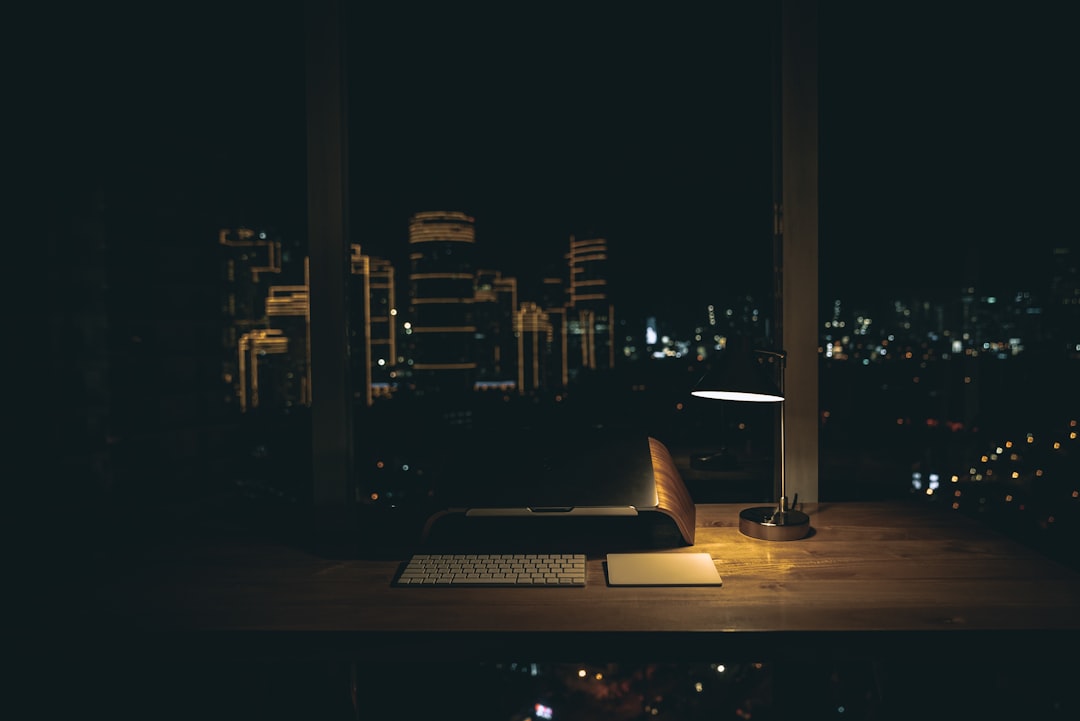The History of Scandinavian Design
Scandinavian design is a design movement that originated in the Scandinavian countries of Denmark, Sweden, and Norway in the early 20th century. It emerged in response to the growing industrialization and mass production of goods and aimed to create designs that were simple, functional, and accessible to all.
In the early years of the movement, Scandinavian designers focused on creating furniture that was minimalist and utilitarian in design but still beautifully crafted. Over time, this approach expanded to include other areas of design, such as fashion, textiles, and interior design.
Today, Scandinavian design continues to be celebrated for its clean lines, natural materials, and timeless elegance.
The Elements of Scandinavian Kitchen Design
The principles of Scandinavian design are particularly well-suited to the kitchen, a space that should balance both style and functionality. Here are some key elements of kitchen Scandinavian design:
Minimalism
Scandinavian kitchen design is all about the less-is-more approach. This means clean lines, simple shapes, and a focus on functionality over aesthetics. In a Scandinavian kitchen, every element should have a purpose, whether it’s a sleek countertop or a minimalist pendant light.
Natural Materials
Wood is the cornerstone of Scandinavian design and is often used throughout the kitchen, from the cabinetry to the flooring. Other popular materials include stone, such as marble or granite, and metal, such as stainless steel. These natural materials add warmth and texture to the space while still maintaining a minimalist aesthetic.
Neutral Color Palette
Scandinavian design is known for its neutral color palette, which typically includes shades of white, gray, and beige. These soft, muted tones create a calming atmosphere in the kitchen and allow other design elements, such as natural materials or statement lighting, to take center stage.
Statement Lighting
Speaking of lighting, Scandinavian kitchens often feature one or two statement light fixtures. These can be anything from a minimalist pendant light to a bold chandelier, but should always be a standout element in the space.
Functional Design
Scandinavian design isn’t just about looks; it’s also about functionality. In the kitchen, this means designing a space that allows for efficient movement and ease of use. Some key elements of functional Scandinavian kitchen design include:
Open Shelving
Open shelving allows for easy access to frequently used items and creates a visual break in the cabinetry. This is particularly useful in a small kitchen where space is at a premium.
Smart Storage Solutions
Scandinavian kitchens often incorporate smart storage solutions such as pull-out pantry shelves or hidden cabinet organizers. These elements allow for maximum storage while still maintaining the minimalist aesthetic.
Practical Layouts
Finally, Scandinavian kitchens should be designed with practicality in mind. This means positioning the sink and stove in close proximity to one another, ensuring adequate counter space for food prep, and creating a flow that allows for easy movement around the space.
Inspiration for Your Kitchen Redesign
If you’re looking to redesign your kitchen in the Scandinavian style, there are many ways to incorporate this timeless design aesthetic into your space. Here are a few tips to get you started:
Embrace Natural Materials
Start by incorporating natural materials such as wood, stone, and metal into your kitchen design. This could mean replacing your existing cabinets with solid wood versions, installing a marble countertop, or adding a stainless steel backsplash.
Experiment with Color
While Scandinavian design is often associated with neutral colors, don’t be afraid to incorporate a pop of color into your kitchen. Some bright, bold accents such as a colorful rug or a statement artwork can add personality to the space.
Get Creative with Lighting
Lighting is a key element of Scandinavian kitchen design, so don’t be afraid to go bold with your light fixtures. A pendant light in a unique shape or a modern chandelier can add interest to the space.
Maximize Storage
Finally, remember that functional design is just as important as aesthetics in a Scandinavian kitchen. Use smart storage solutions such as pull-out pantry shelves or hidden cabinet organizers to maximize your space and keep your kitchen organized.
Conclusion
Scandinavian design is a timeless aesthetic that celebrates simplicity, functionality, and natural beauty. By incorporating key elements of Scandinavian design into your kitchen, you can create a space that is both chic and functional, beautiful and practical. So why not embrace this timeless design aesthetic in your kitchen redesign?



